Why you can trust TechRadar
We spend hours testing every product or service we review, so you can be sure you’re buying the best. Find out more about how we test.
The Google Pixel 10 takes a winning formula from last year and adds just enough to make it even more compelling, and make this phone a true competitor to the iPhone 16. In the past, Google’s phones have been polished and enjoyable, but never cutting edge. With the Pixel 10 family, Google pushes its way to the front, with features you won’t find on either the iPhone or the latest Samsung Galaxy phones. That’s new territory for Google, and I’m excited to spend more time with this phone after my morning-lon hands-on session.
What can the Pixel 10 do? It can stick to magnets, for one thing. The new Pixelsnap feature – and extension of the Qi2 wireless charging standard – might seem familiar to iPhone owners who’ve enjoyed MagSafe since the iPhone 12 launched in 2020. The Android world is finally catching up.
Magnets may not seem like a major feature, but Pixelsnap will open a new world of accessories and convenience for Android fans. I keep my iPhone 16 Pro Max charging on a magnet stand, and it’s the best bedside clock I’ve owned. Then I slap a magnetic wallet on the back as I leave my house. I’m always using the iPhone magnets, and I’m relieved that Google and Android are hopping on board.
Besides Pixelsnap, the Pixel 10 features a real, optical 5x zoom camera. The iPhone 16 doesn’t give you any optical zoom, and the Galaxy S25 offers only a 3x zoom lens with a smaller image sensor.
That could give the Pixel a huge advantage in photography, especially if the Tensor G5 chipset, with its new image processor, delivers the goods.
Some of the biggest new Pixel features will rely on AI, of course, and I didn’t have time to test most of those, while some of the most interesting, like the Camera Coach, weren’t available yet on the demo units I tried.
Some of those AI features seem very cool and potentially useful. I saw a live translation feature in action that was like nothing I’ve seen – it was almost frightening.
I’m also a Pixel user as well as an iPhone user, so I know the Pixel does the best job of screening phone calls and managing notifications. I’m curious to see how the new Magic Cue features will offer more AI functionality, but I always suspect the AI is being overpromised until I see it in action. Will the Pixel 10 really get to know me? Will it really pull up my flight details at the perfect moment? Time will tell.
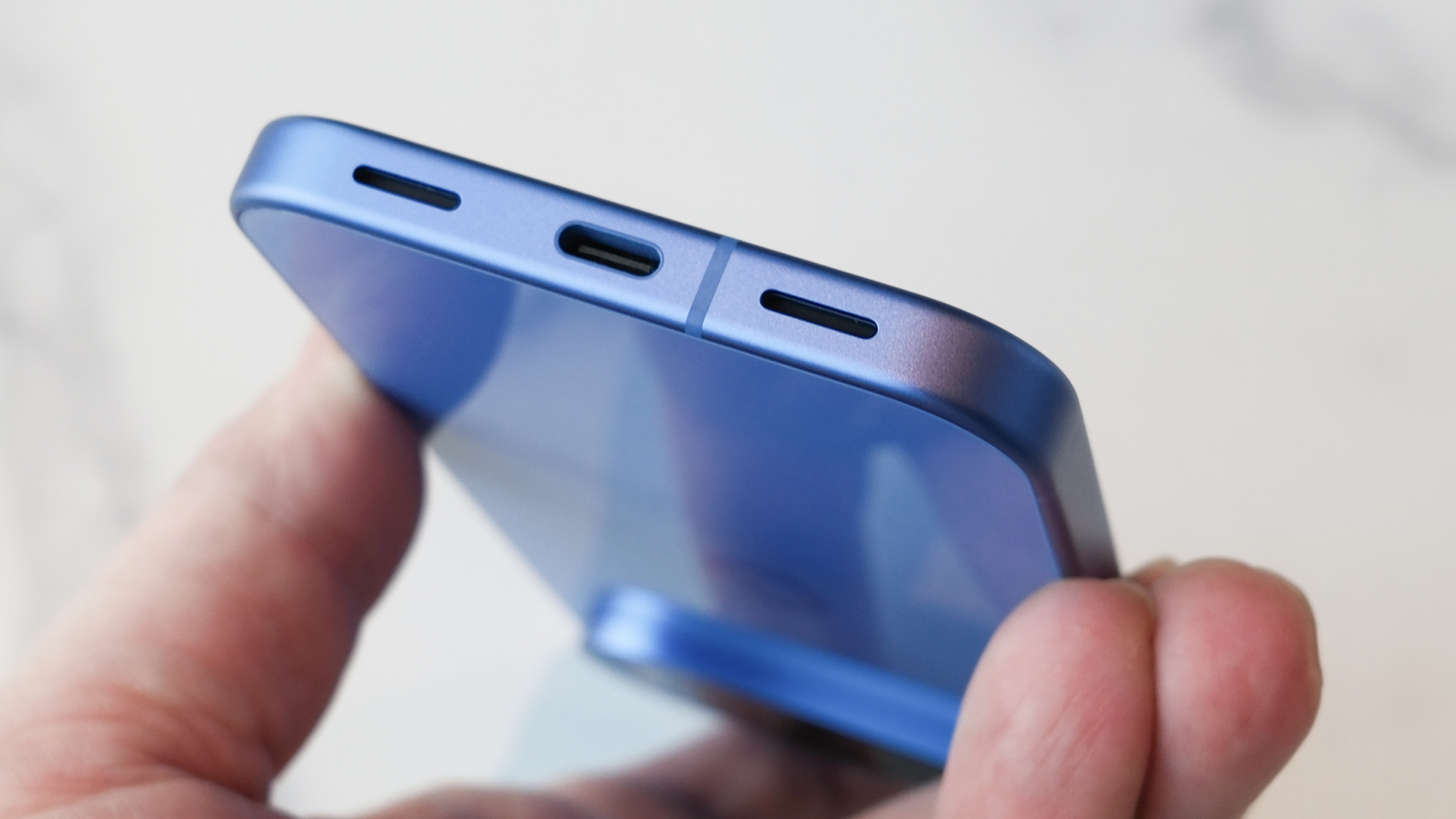
We’ll have a full review of the Pixel 10 coming soon, after the phones have undergone extensive testing in Future Labs. If you have a Pixel 9, I think you can hold off the upgrade for now – the differences are slight, and even Pixelsnap can be mimicked with a case that has MagSafe magnets.
Of course, it’s hard to find a new feature that will stay cutting-edge for long. The Pixel 10 may beat the Galaxy S25 and iPhone 16 when it comes to cameras, but those models are half-a-year to a year old – middle-aged by smartphone standards. The Galaxy S26 will surely have magnets to fit its Qi2 credentials, and who knows what the iPhone 17 will bring.
If you’re coming from an older Android or if you’re a curious iPhone owner, we’ll know soon if the Pixel 10 can hold its own as a camera phone, and whether the new AI features inspire more creativity or existential dread. Has the Google Pixel 10 truly leapt ahead of this year’s best phones, or will it soon fall behind what’s to come? Check out more of my hands-on first impressions below, then come back for our full review.

Google Pixel 10 hands-on review: Price & availability
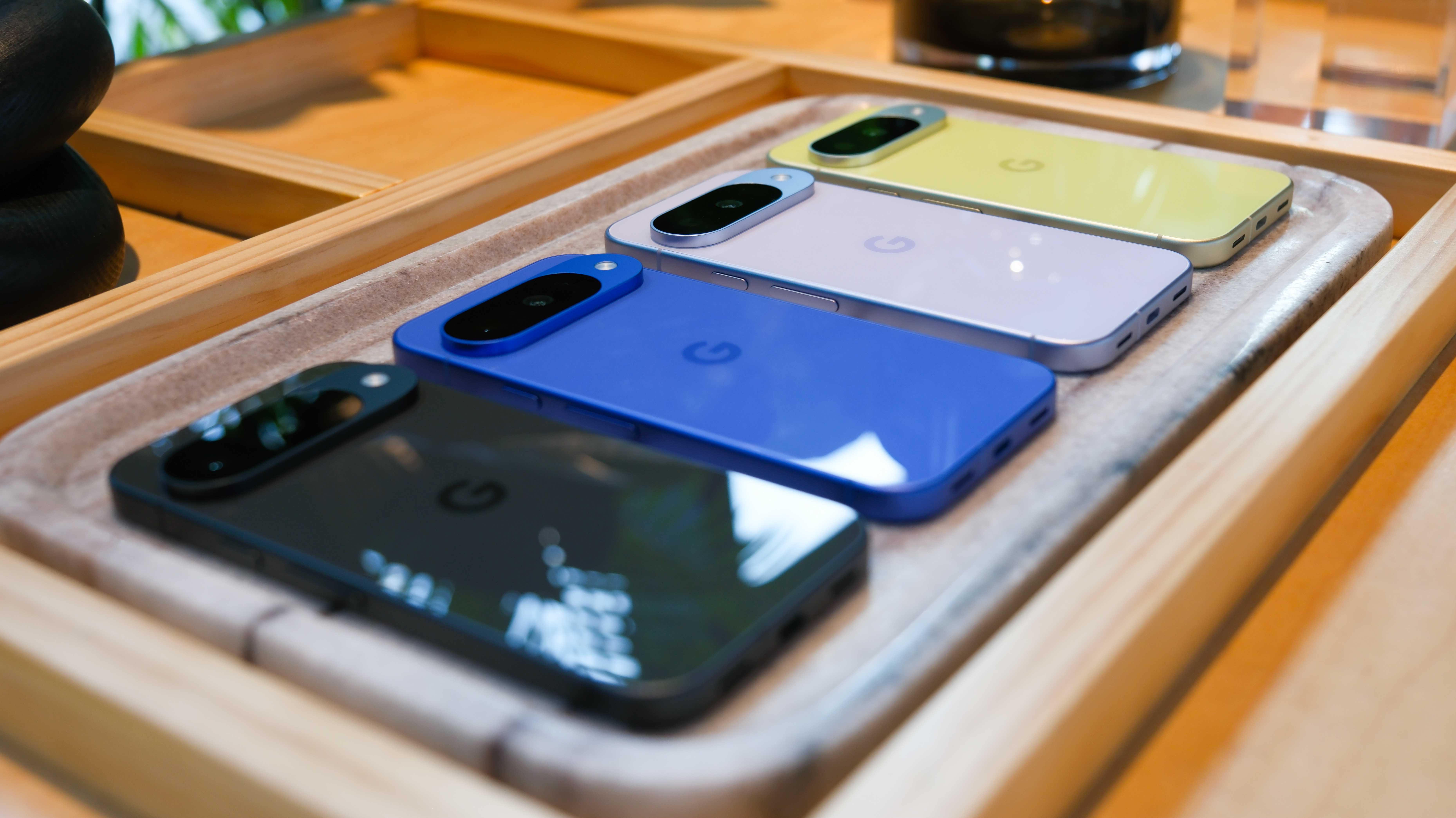
The Pixel 10 costs the same as last year’s Pixel 9, and the base model features the same 128GB of storage and 12GB of RAM inside, which may be falling behind the requirements of the upcoming AI features. I’d certainly like to see more storage, at least.
The phone is available in black (Obsidian), light blue (Frost), green (Lemongrass), and bright blue (Indigo). The Indigo will be Google’s hero color, but I think the Lemongrass also stands out nicely. The Frost color looks closer to the Pixel 10 Pro’s Moonstone shade than the name suggests.
My big caveat with Pixel phones is that Google’s pricing takes a rollercoaster ride throughout the year, with the first drop coming around the US holiday shopping season. Last year’s Pixel 9 launched in August at $799 in the US, and dropped to $649 in November. It spent more than half the year priced at $150 under the original price, and it dropped to an all-time low of $499 around the last Amazon Prime Day in July.
In other words, if you want the Pixel 10, you may want to wait until it’s available for less – although if you wait too long Google might drop a Pixel 10a on us, just to confuse matters.
Google Pixel 10 hands-on review: Specifications
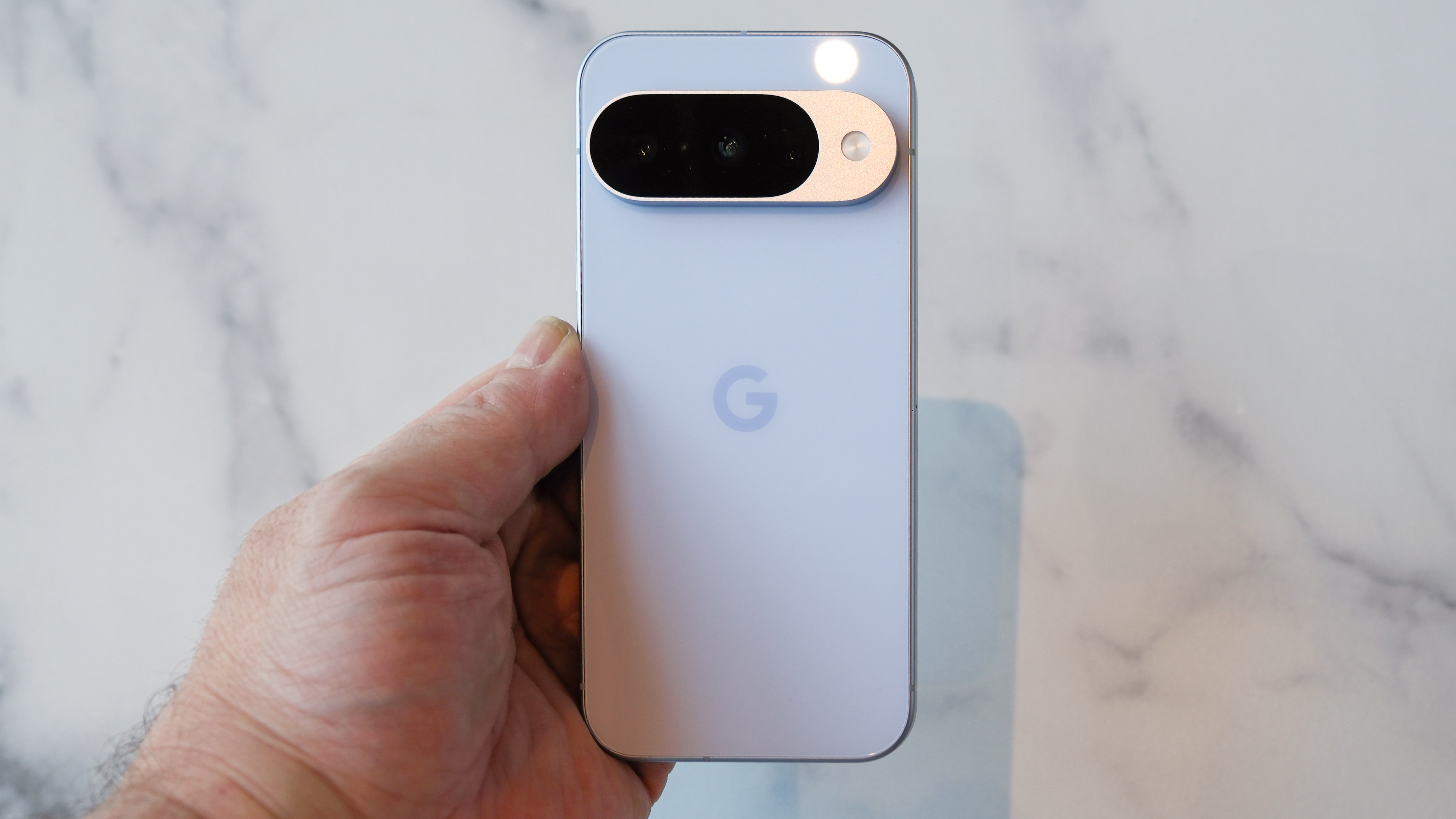
The Google Pixel 10 uses Google’s Tensor G5 chipset, just like every other member of the Pixel 10 family. It comes with 12GB of RAM, which was a respectable amount in the days before on-device AI processing, but now is probably only just enough.
The Pixel 10 gains a 10.8MP, 5x zoom camera this year in addition to the 48MP wide camera and the 13MP ultra-wide. That’s not just more zoom than the Galaxy S25, it also comes with a bigger sensor, regardless of the megapixel count.
Oddly enough, the Pixel 10 comes with a slightly larger battery than the Pixel 10 Pro, at 4,970mAh vs 4,870mAh. It charges at 30W, just like the Pixel 10 Pro, with Qi2 wireless charging at up to 15W.
Dimensions: | 152.8 x 72.0 x 8.6mm |
Weight: | 204g |
Display: | 6.3-inch Actua display |
Resolution: | 1080 x 2424 pixels |
Refresh rate: | 60-120Hz |
Peak brightness: | 3,000 nits |
Chipset: | Google Tensor G5 |
RAM: | 12GB |
Storage: | 128GB / 256GB |
OS: | Android 16 |
Wide camera: | 48MP; f/1.7; 0.5-inch sensor |
Ultrawide camera: | 13MP; f/2.2; 0.33-inch sensor |
Telephoto camera: | 10.8MP; f/3.1; 0.31-inch sensor |
Selfie camera: | 10.5MP; f/2.2 |
Battery: | 4,970mAh |
Charging: | 25W wired; 15W wireless Qi2 |
Colors: | Indigo, Frost, Lemongrass, Obsidian |
Google Pixel 10 hands-on review: Design
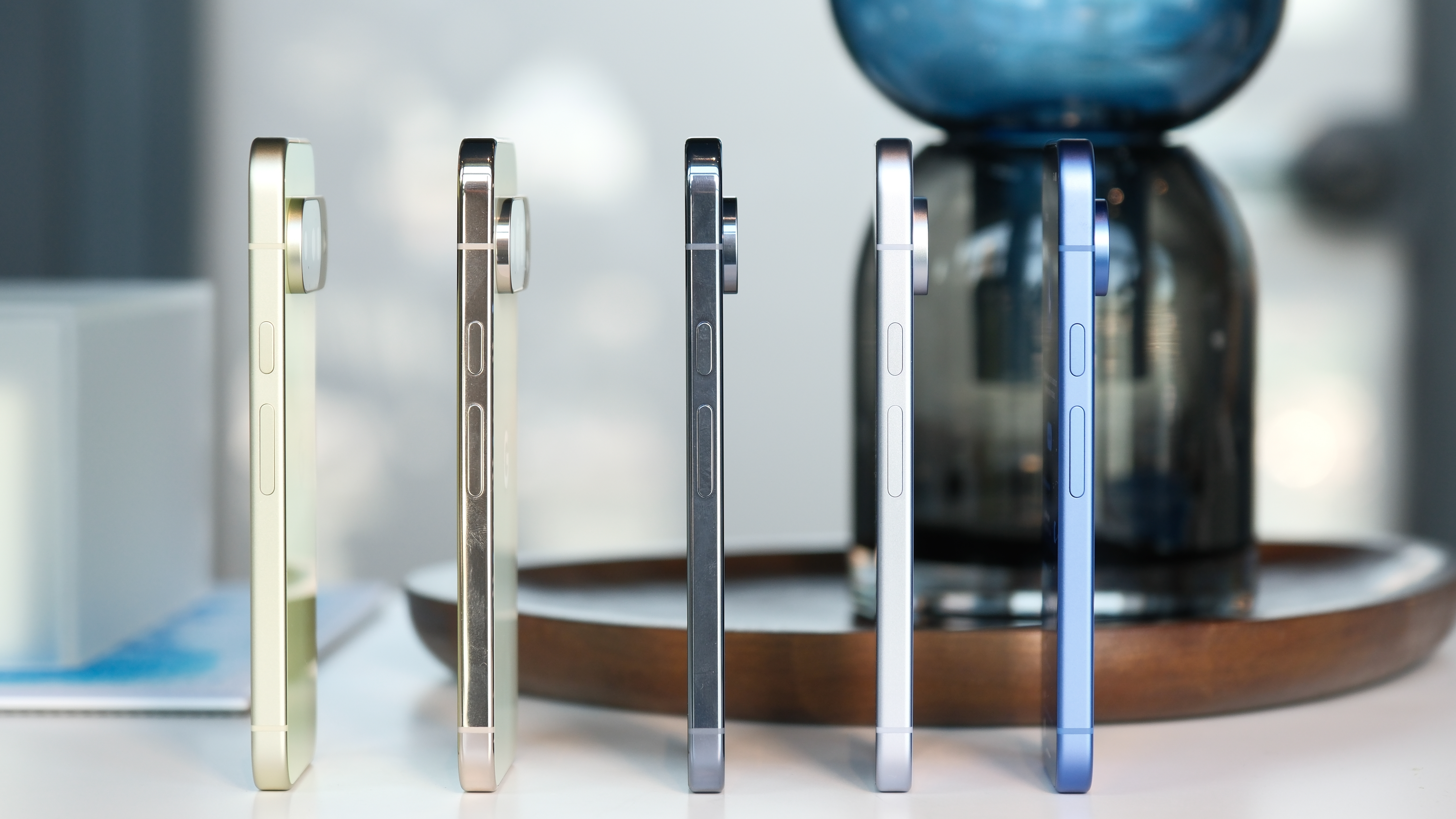
The Pixel 10 looks just like last year’s Pixel 9, aside from some minor changes to the color, materials, and finish. That’s not a bad thing at all – the Pixel 9 was one of my favorite new phone designs, and it was the biggest refresh we saw among all the major flagship phones last year. I’m happy the Pixel 10 isn’t a huge departure.
After all, the Pixel 9a was somehow a butt-ugly cheap relation of the Pixel 9, and I was worried that its flat design foreshadowed this year’s flagship phones. Never fear! The Pixel 10 keeps the same pill-shaped camera bump as last year’s model, with the same improved durability. It’s a great phone design, and it even looks good in a case.
There is still room for improvement. Did Google not see the iPhone 16’s Camera Control button? I suspect future Pixel phones might have a matching button in the future. They already got MagSafe, why not go all the way?
Speaking of magnets, the Pixel 10 with Pixelsnap held a very strong connection to all of the accessories I tried. You couldn’t shake the phone off of the wireless charging puck, which is a hidden part of the new wireless charging stand. I’ll be excited to use Google’s new phones with all of my MagSafe accessories, like my wallet and my magnetic photo tripod.
Google Pixel 10 hands-on review: Display
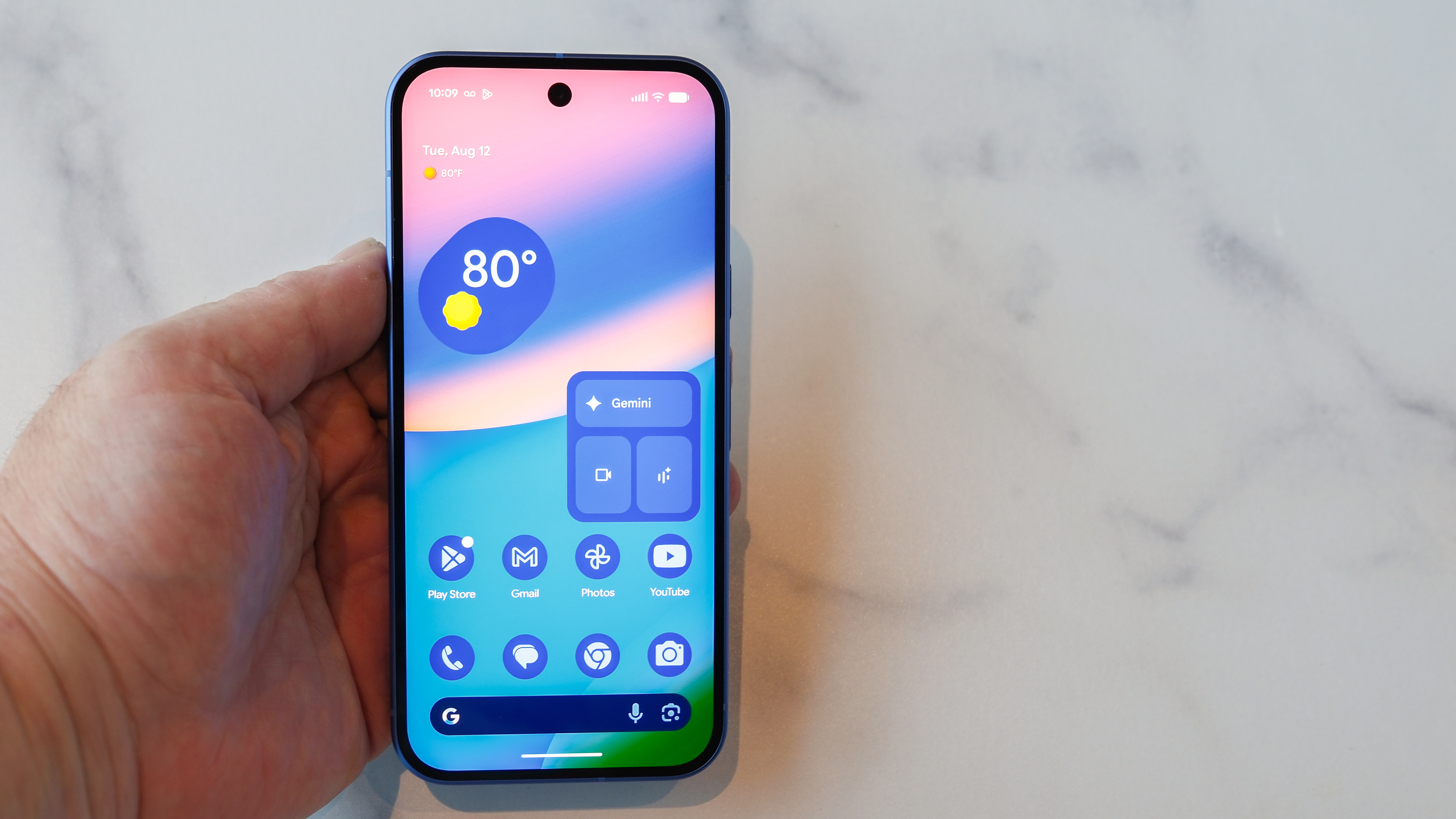
Google quietly makes the best displays you’ll find on any smartphone, and I’m shocked the company doesn’t spend more time bragging about it. The Actua displays on previous Pixels have always been among the most bright and colorful screens I’ve used, and the Pixel 10 seems like another improvement, if only a subtle one.
The Pixel 10 has a variable refresh rate from 60-120Hz, which means things should look nice and smooth when you’re scrolling through long menus or social feeds. Unfortunately, that also means it won’t get the full-color always-on screen you’ll find on LTPO phones like the Pixel 10 Pro.
I’ll need to spend a lot more time with the Pixel 10 to decide if the screen is as great as it seems. I’m hoping the long-term experience will be just as pleasing.
Google Pixel 10 hands-on review: Software

Google is, for now, leaving us with more questions than answers when it comes to Pixel software. Gemini works in more places – the onward march of AI progress – but there are many other features that are going to require a deep dive.
I’m very curious about the Magic Cue features available during phone calls. Google says the Pixel 10 will pull up details about your travel plans when somebody mentions AirBnB, for instance. I’m curious how far it will go, and whether this feature will seem like a privacy invasion or a useful sidekick.
There are also new camera features to try, which I’ll discuss below, but Google is moving beyond editing and generating images to offering tips and instructions. I like this direction. I would rather have a phone that can anticipate my needs, and offer helpful suggestions, than a phone that makes nightmare images of copyrighted cartoon characters committing crimes, as past Pixel phones have done.
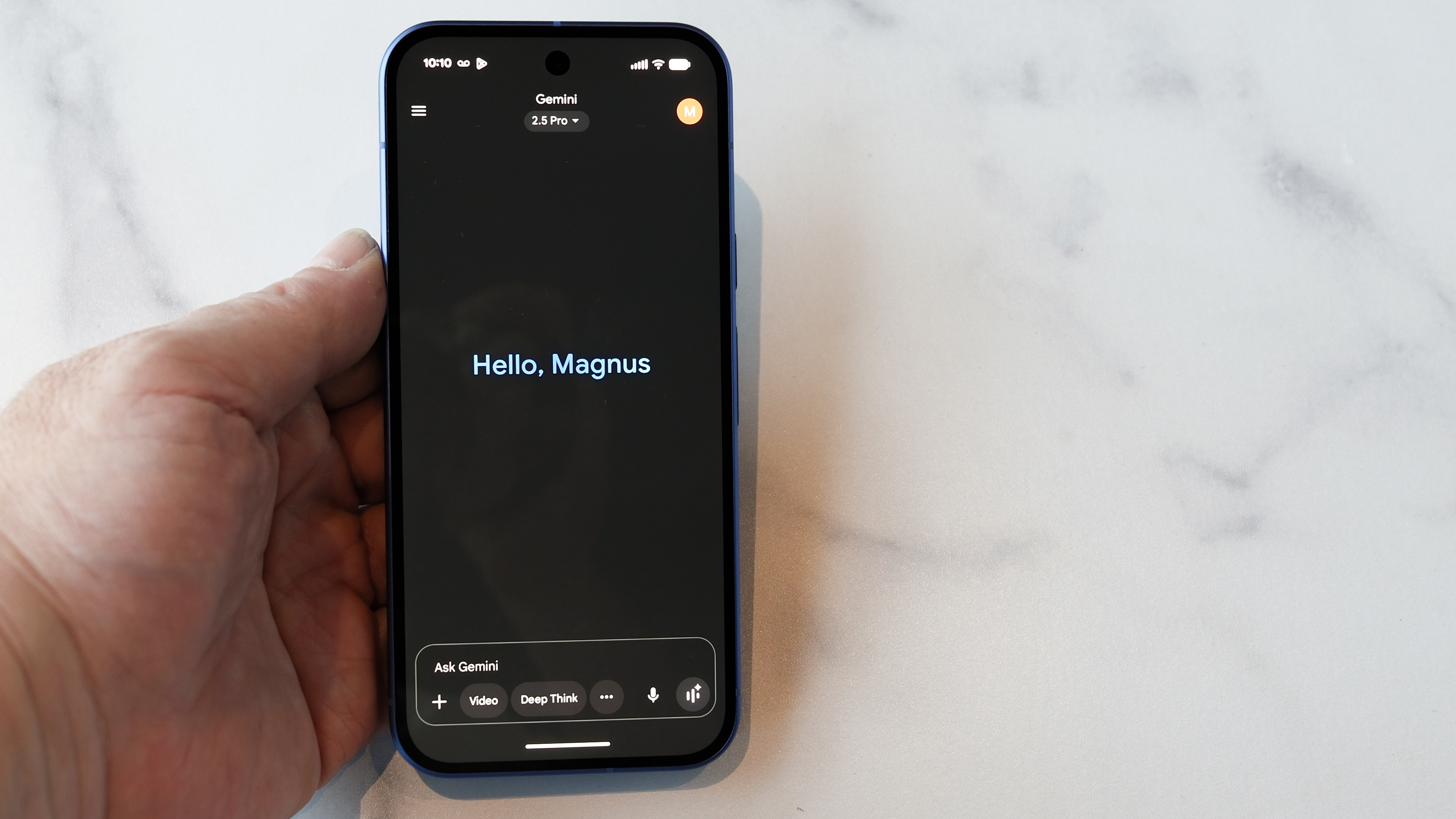
One of the most impressive new features is the live translation. While other phones, like Samsung’s Galaxy S25, can live-translate a foreign language speaker during a conversation, the Pixel 10 family has a new trick: it makes the translation sound like the voice of the speaker.
If I speak to you in English while you speak Hindi back to me, the Pixel 10 will translate my words into Hindi, and it will make the Hindi speaker sound like a version of me. The TechRadar team got a demo of this feature with our Editor-at-Large Lance Ulanoff speaking, and at the other end what we heard was a Spanish-speaking version of Lance sounding like a native-born speaker. It was uncanny.
Google also says this process happens mostly on the device, which should settle some privacy concerns. Still, I’m wary of a computer that can instantly talk in a voice that sounds like mine; even though it only happens in a foreign language, it still gives me pause.
Google Pixel 10 hands-on review: Cameras
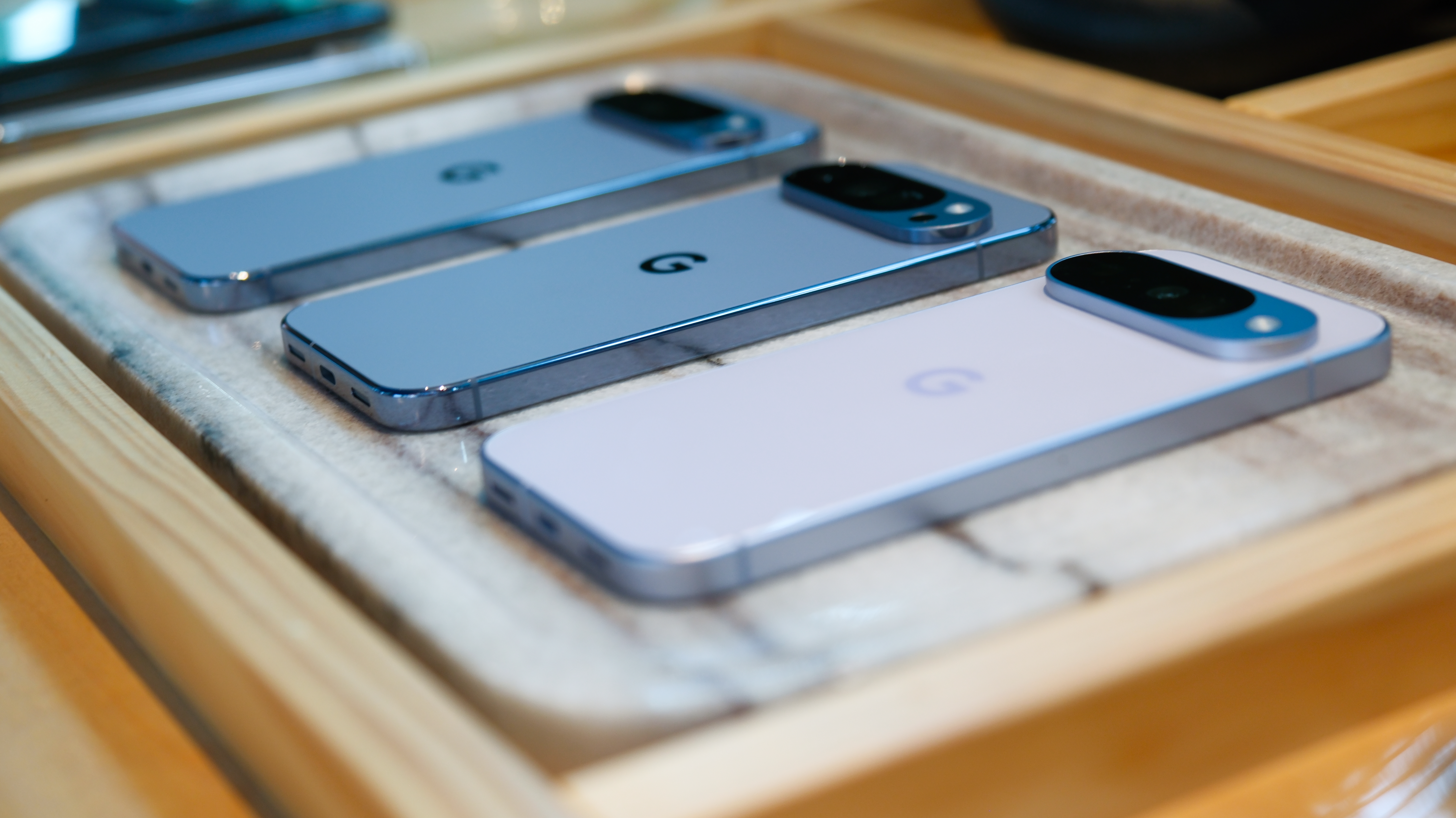
I’m most excited to try the new camera features on the Pixel 10, because the cameras sees like the biggest improvement on this phone. First of all there’s the new 5x telephoto lens, which is paired with a respectable 0.33-inch image sensor. That’s bigger than the zoom sensor on the Galaxy S25, and is closer to the telephoto camera on the iPhone 16 Pro.
Second, the Tensor G5 chipset has an all-new image signal processor, and that component is often the silent partner in making the best camera phones. A new ISP usually means faster processing – so higher-resolution video recording and better night photography. It could also mean other image enhancements.
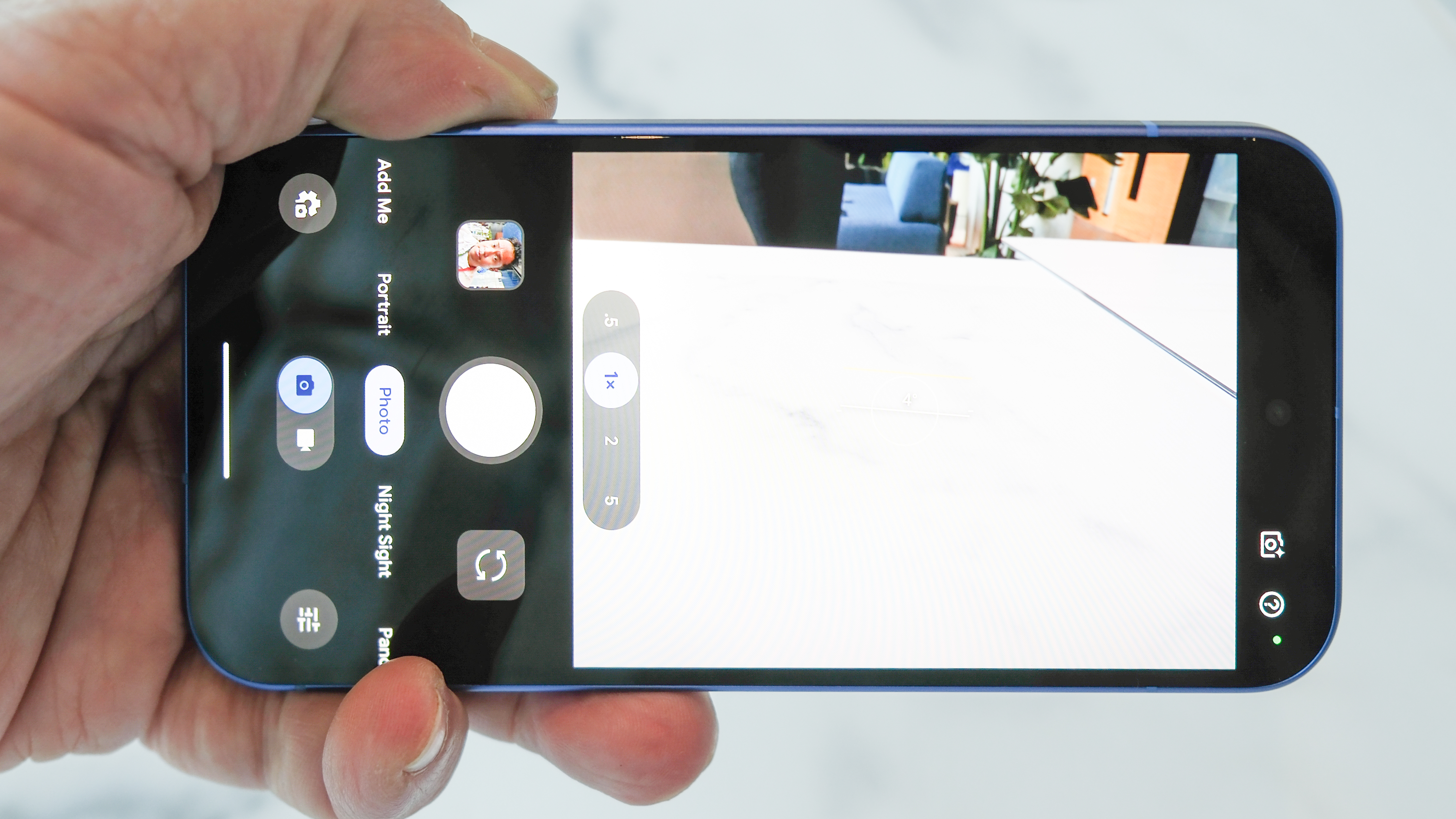
Google is talking up the Super Zoom features, but we’ve seen AI zoom before. It may save an otherwise useless 30x zoom pic, but it’s not going to help the Pixel 10 create long-distance images you’ll want to hang on the wall.
Google Pixel 10 hands-on review: Performance
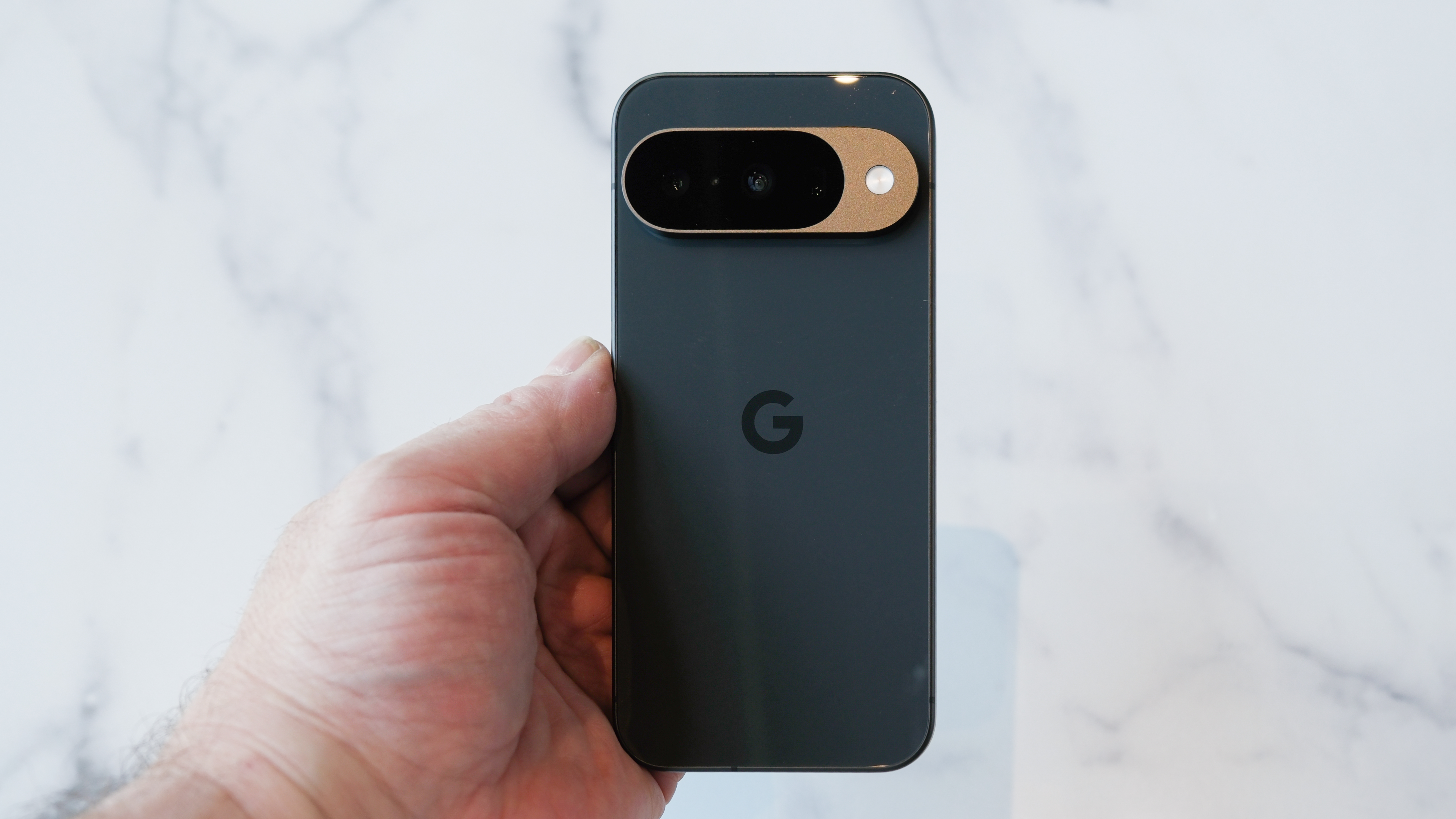
How will the Tensor G5 perform? Undoubtedly, it won’t be winning any benchmark races, but that’s never been the point of Google’s Tensor chips. Google builds accelerated chips that work better with its own AI and machine-learning features, like the Magic Editor in Google Photos and the AI transcriptions in the Recorder app.
This time around, Google says the Tensor G5 enables features like the aforementioned live translation that sounds like the person speaking, along with a host of new photography features like the Camera Coach.
The good news is that Google processes more of its machine-learning tricks on the phone than most other phone makers. That means you aren’t burning fossil fuels to feed a server farm for those AI features. It also means you have a better chance of protecting your privacy when it comes to your AI demands.
Google Pixel 10 hands-on review: Battery

I can almost forgive whatever battery life I get from the Pixel 10 because I’m excited to use the Pixelsnap feature to keep the phone charged. I have MagSafe chargers that I use next to my bed with my iPhone, but Apple’s device will now get the USB-C cord while my Pixel 10 takes over the magnetic stand. It isn’t a fast way to charge, but my phone will be there all night, so I don’t need to hurry.
I’m curious to see if the Tensor G5 chip will offer any battery life improvements. Qualcomm’s latest Snapdragon 8 Elite chipset has been a powerhouse not only in terms of performance but also efficiency. Every Snapdragon 8 Elite phone has been able to last much longer than the generation before, and I hope I see the same benefits from the Tensor G5 when I conduct a thorough review.
